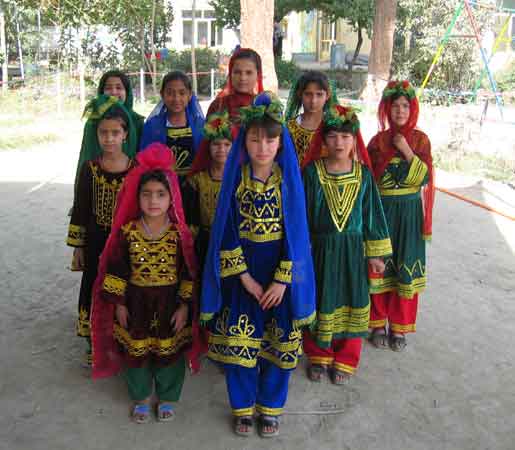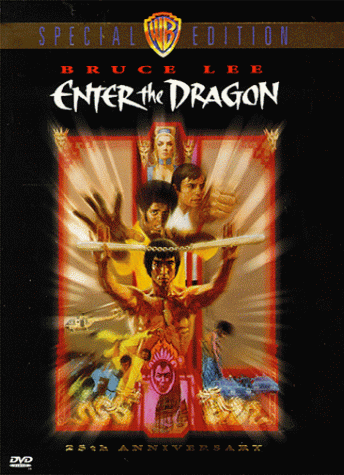We Miss You, Milosz
 Alphachimp
Alphachimp  Thursday, June 30, 2005 at 7:53AM
Thursday, June 30, 2005 at 7:53AM  Thanks to the daily message from Garrison Kiellor at The Writer's Almanac, I am reminded that it's the birthday of the poet Czeslaw Milosz, Nobel Prize-winning poet and survivor of the vivisection of Poland by Germany and Russia during World War II.
Thanks to the daily message from Garrison Kiellor at The Writer's Almanac, I am reminded that it's the birthday of the poet Czeslaw Milosz, Nobel Prize-winning poet and survivor of the vivisection of Poland by Germany and Russia during World War II.
During my time as a student in Krakow, I witnessed Milosz's return to the country he had left 44 years earlier. The school I was attending had arranged for a special meeting with the man; so, a hundred of us foreigners crowded into a lecture hall to hear him read his work and answer questions.
By that time (1994), the poet was in his 80's and sharp as a tack, but deaf as a stone. A persnikity Polish professor served as moderator and translator. Two friends, first generation Chicago Polaks, elbowed me in the ribs until I stood to ask a question.
In my garbled Polish, I attempted to ask him how he felt coming back to his country after so many years in exile. I mentioned that he and anothe Nobel Laureate, Aleksandr Solzhenitsyn, had both returned to their respective homes that spring after decades in the West.
Slozhenitsyn had spent roughly a third of his life in the Russian army, a third in the dismal Russian prison system, and a third in exile. His observation of the vast Soviet prison network are detailed in Gulag Archipelago.
In the lecture hall, the Polish professor sneered at my butchering of the past perfect tense but passed on the question; my friends snickered.
Milosz replied that Slozhenitsyn was returning as a prophet, a saint, a guru; Milosz felt he was just and old poet coming home.
Later that week, I spotted Milosz in the literary cafe that has been around since he was a student at Jagiellonian University in the 30's. He was seated with a young student in the back courtyard at a small table nestled in an overgrown garden, laundry strung out between two pear trees and stray cats on the prowl. They were debating about poetry, about words.
The old man had seen so many people shot, bombed, imprisoned, exterminated, rubbed out--all because of language, because of ideas. The young man was coming of age during a time a vast awakening, of falling walls, of widening horizons, of increasing freedoms, of new dangers.
Eleven years later, I'm sitting in my own overgrown urban garden, ivy assaulting a three-story brick wall, crazy gee-gaws and wind chimes fluttering, a tight formation of invasive orange Tigerlillies. So much of my work has been to recreate that space in which I saw the ancient, venerated poet passing on a bit of electricity to the clean shaven young romantic, telling him: "Language is the only homeland."
EncounterWe were riding through frozen fields in a wagon at dawn.
A red wing rose in the darkness.And suddenly a hare ran across the road.
One of us pointed to it with his hand.That was long ago. Today neither of them is alive,
Not the hare, nor the man who made the gesture.O my love, where are they, where are they going
The flash of a hand, streak of movement, rustle of pebbles.
I ask not out of sorrow, but in wonder.~ Czeslaw Milosz, Wilno, 1936
From The Writer's Almanac:
Born in Szetejnie, Lithuania (1911), Milosz grew up in a Polish-speaking family. He studied law rather than literature, but co-founded a literary group in 1931. The group was so pessimistic about the future, it was nicknamed the "Catastrophists." They predicted a coming world war, though nobody believed them.
Czeslaw Milosz wrote anti-Nazi poetry after the invasion of Poland in 1939. He witnessed the genocide of the Jews in Warsaw. He was one of the first poets to write about it in his book Rescue in 1945.
After the war, he got a job as a diplomat for communist Poland, though he was not a member of the communist party. One night, in the winter of 1949, on his way home from a government meeting, he saw jeeps filled with political prisoners, surrounded by soldiers. He said, "It was then that I realized what I was part of." He defected two years later and went to Paris.
Most intellectuals in Paris were pro-communist at the time. They thought of Milosz as a traitor. The poet Pablo Neruda attacked him. In 1953, Milosz published a book about communism called The Captive Mind. He moved to the United States and started teaching at Berkley in 1960. He had mixed feelings about the United States. He kept writing poetry in Polish, although almost nobody was reading it. His books had been banned in Poland, and his poems weren't translated into English until years later. In 1980, he got a phone call at three in the morning telling him that he'd won the Nobel Prize for Literature.

















 Film Movement
Film Movement











